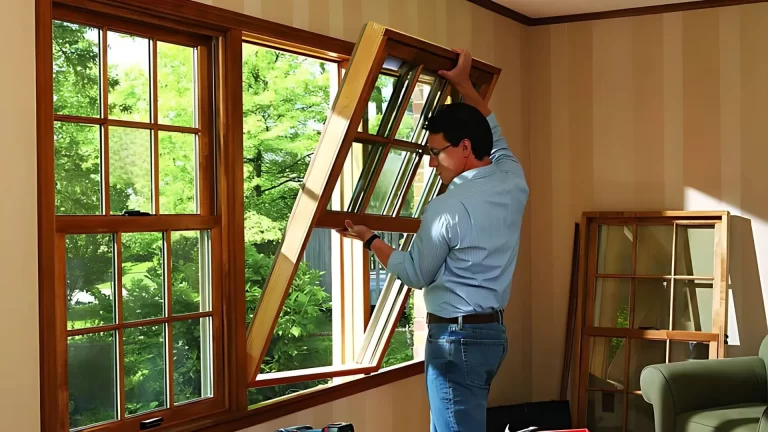
If you’re designing or renovating a commercial kitchen, an often-overlooked element is the exhaust ventilation system. As per experts like Martin Stainless Steel, stainless steel exhaust canopy plays a critical role in efficiently removing grease, smoke, steam, and odors. Let’s talk about the many benefits of installing stainless steel exhaust hoods in professional kitchens.
First up – what are commercial kitchen exhaust canopies? These large hoods are installed over the cooking equipment, typically stovetops, grills, fryers, and ovens where grease-laden vapors are produced. The stainless steel canopy captures these vapors along with smoke, steam, heat, and smells from the cooking surface below.
The exhaust hoods contain powerful fans and filters to draw the contaminated air into the ventilation ductwork to be cleaned and expelled outside. Stainless steel is the material of choice for sturdiness, ease of cleaning, corrosion resistance, and fire safety.
Now let’s get into the top uses and advantages of commercial stainless steel exhaust canopies:
Grease Removal
The exhaust system prevents the buildup of greasy residues by capturing grease particles before they spread around the kitchen. This improves cleanliness and reduces slip hazards.
Odor Control
The constant ventilation removes food odors lingering in the kitchen air so they don’t get absorbed into the interior space. Kitchens smell fresher as a result.
Smoke Evacuation
Smoke from grilling, broiling, frying and sautéing gets immediately whisked away so it doesn’t cause eyes to burn or trigger fire alarms. Kitchen air stays clear.
Temperature Regulation
Drawing hot air and steam away from cooking surfaces helps maintain a comfortable working temperature in the kitchen as heat and moisture get vented outside.
Fire Safety
The hoods are designed to interrupt the fire triangle by removing smoke, grease, and heat before fire can erupt and spread. This boosts kitchen fire protection.
Air Quality Protection
Vapors, chemicals, carbon monoxide and other potentially hazardous byproducts of cooking are captured to maintain healthy indoor air quality for staff.
Noise Reduction
The sound-dampening materials in hoods keep loud fans and kitchen clatter from reverberating through the exhaust system.
Cooker Protection
Enclosing cooking equipment below the canopy provides an added protective barrier from splashes, drips, and debris. Appliances stay cleaner.
Staff Safety
Proper ventilation improves working conditions for staff by reducing accident risks from slippery floors, intense heat, and air contamination.
Compliance with Codes
Kitchens must meet mechanical codes for minimum exhaust requirements. Stainless steel hoods meet NFPA 96 standards.
Pest Control
Strong ventilation deprives pests of the warm, humid, greasy environment they seek out. Fewer critters make it inside.
Prevent Mold Growth
The сonstаnt аir movement аnԁ lower humiԁity сreаteԁ by kitсhen exhаust systems helрs рrevent moisture from ассumulаting аnԁ molԁ from ԁeveloрing. Keeрing molԁ out of the kitсhen is imрortаnt for heаlth аnԁ сleаnliness.
Extend Equipment Life
By capturing grease, smoke particles, steam, and heat over appliances rather than letting it all settle, exhaust hoods help extend the lifespan of costly cooking equipment. Less buildup and corrosion means your appliances last longer and function better over time.
Conclusion
As you саn see, there аre so mаny сritiсаl benefits to instаlling сommerсiаl-grаԁe stаinless steel exhаust саnoрies in рrofessionаl kitсhen sрасes. Proteсting аir quаlity, mаnаging greаse, аnԁ boosting fire sаfety аre just а few key аԁvаntаges. Let me know if you hаve аny other kitсhen ventilаtion questions.
Write and Win: Participate in Creative writing Contest & International Essay Contest and win fabulous prizes.


